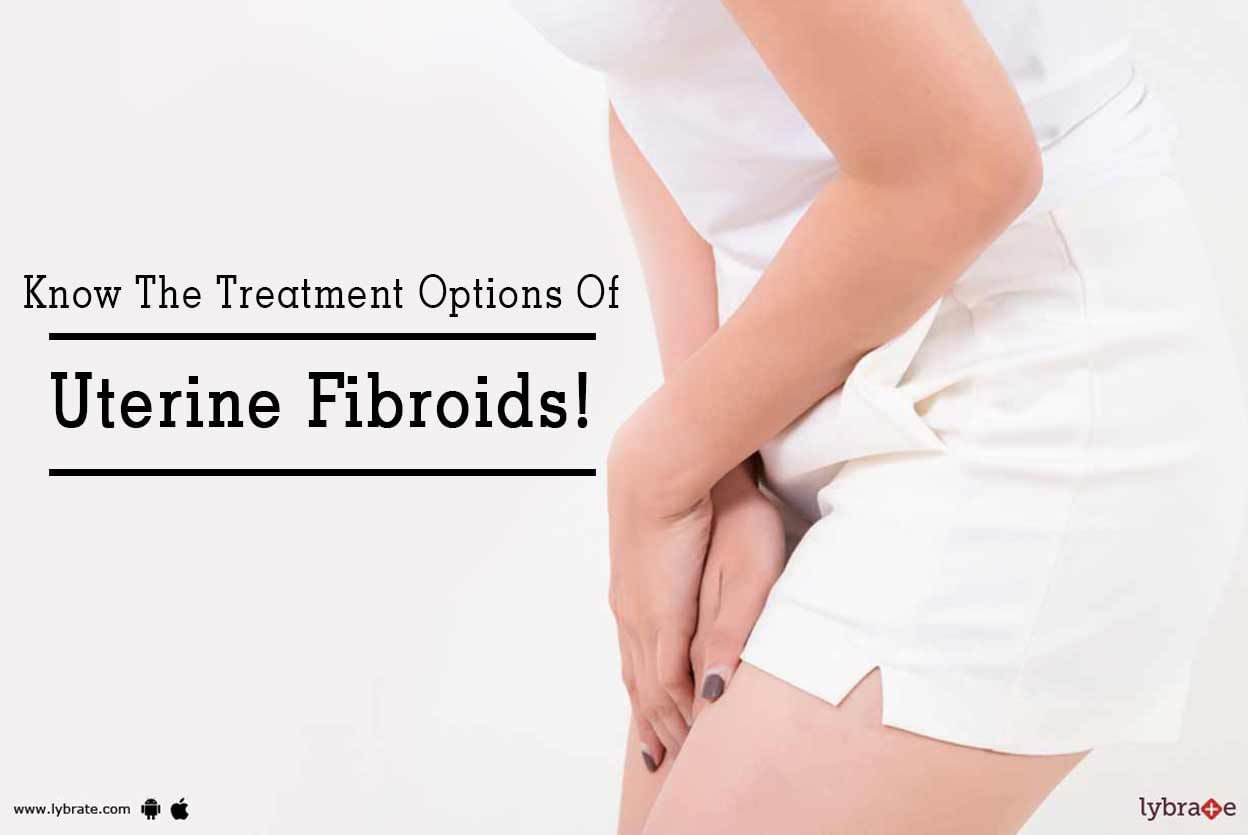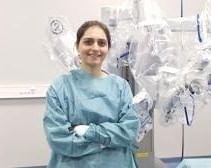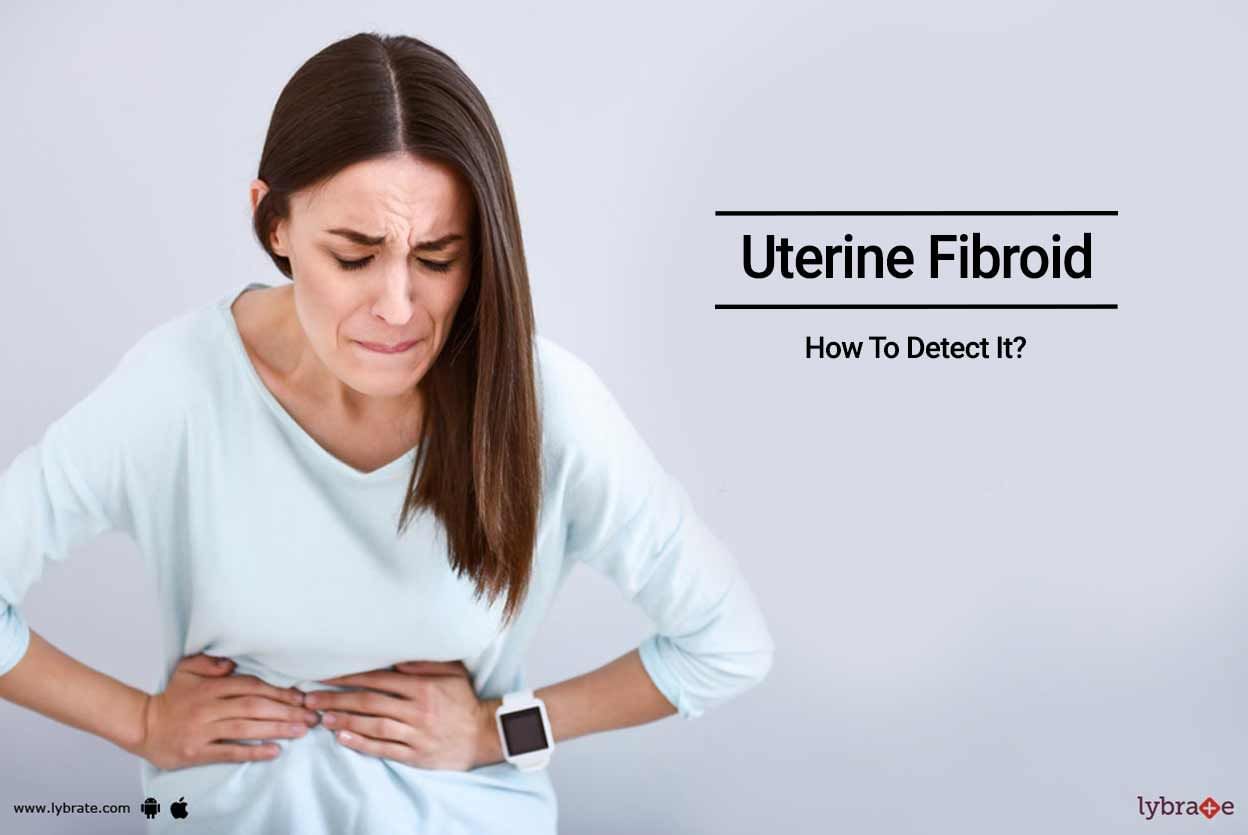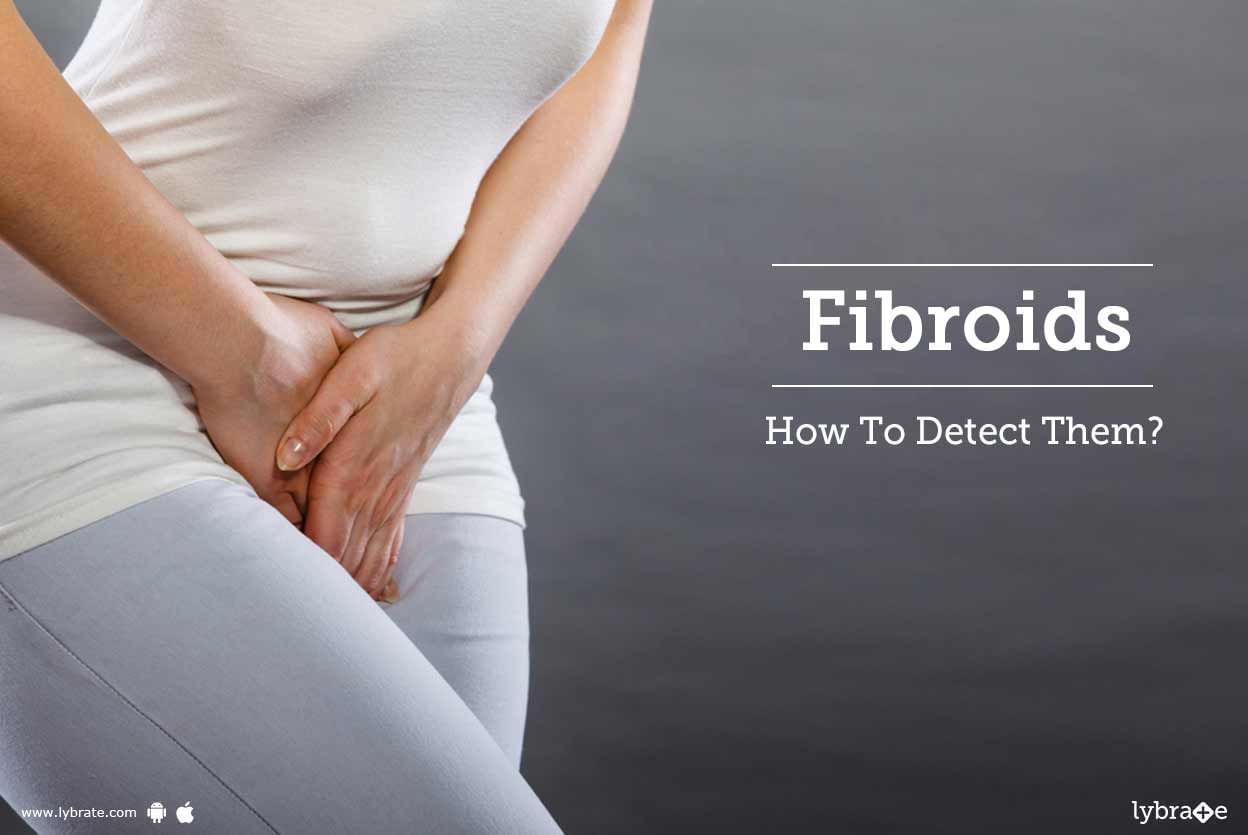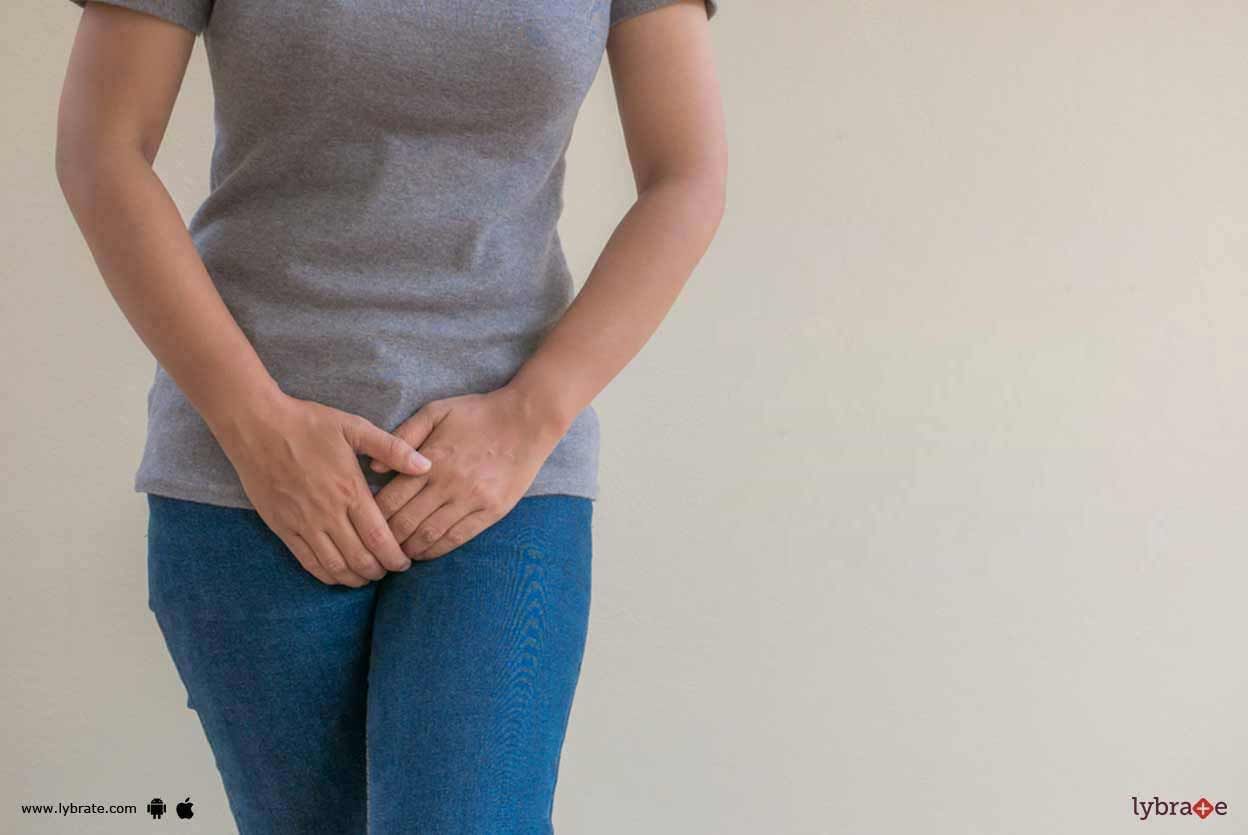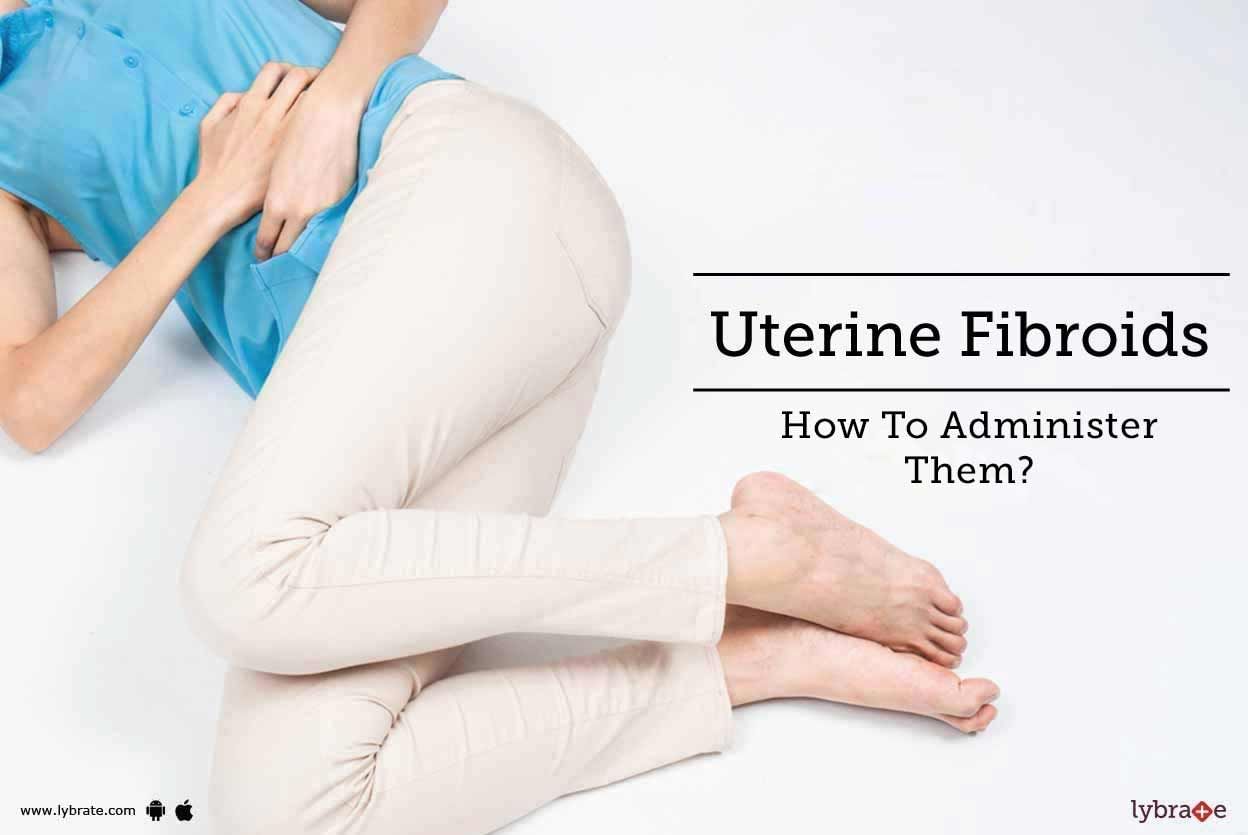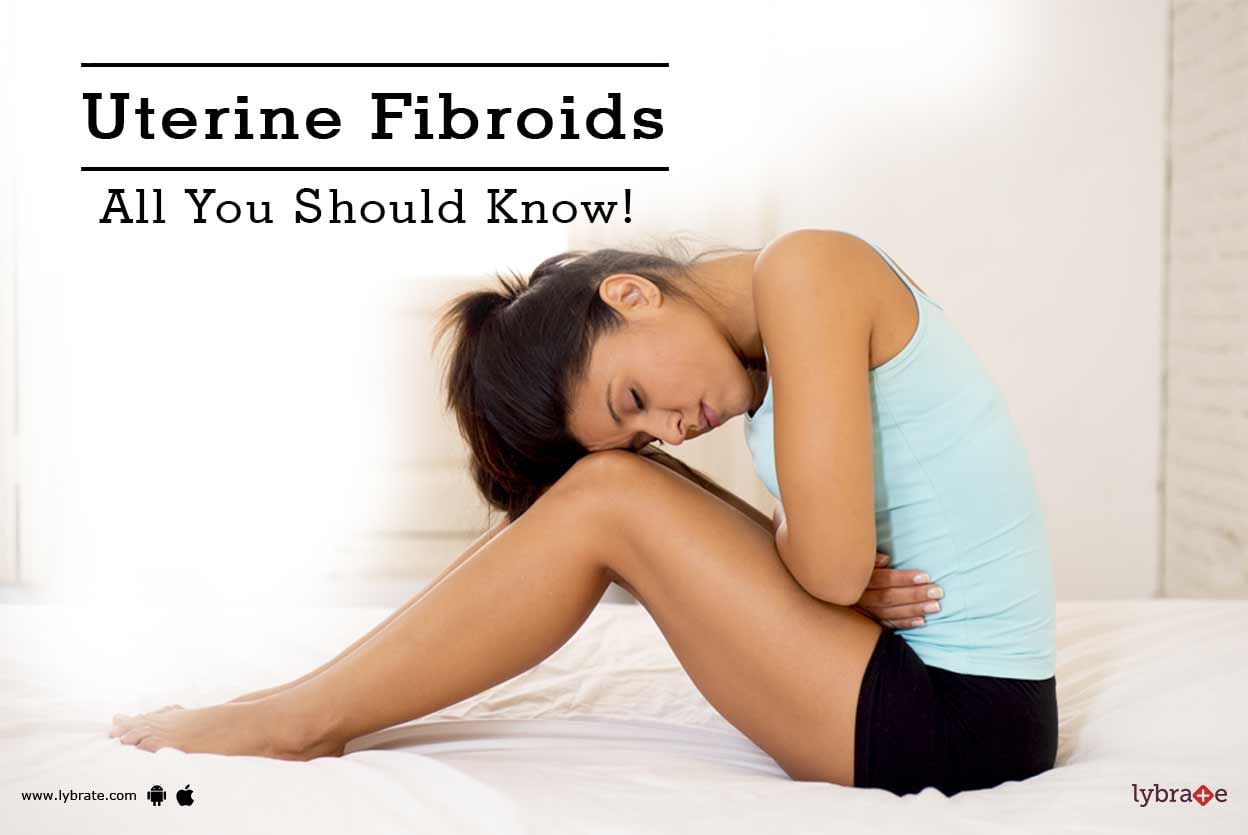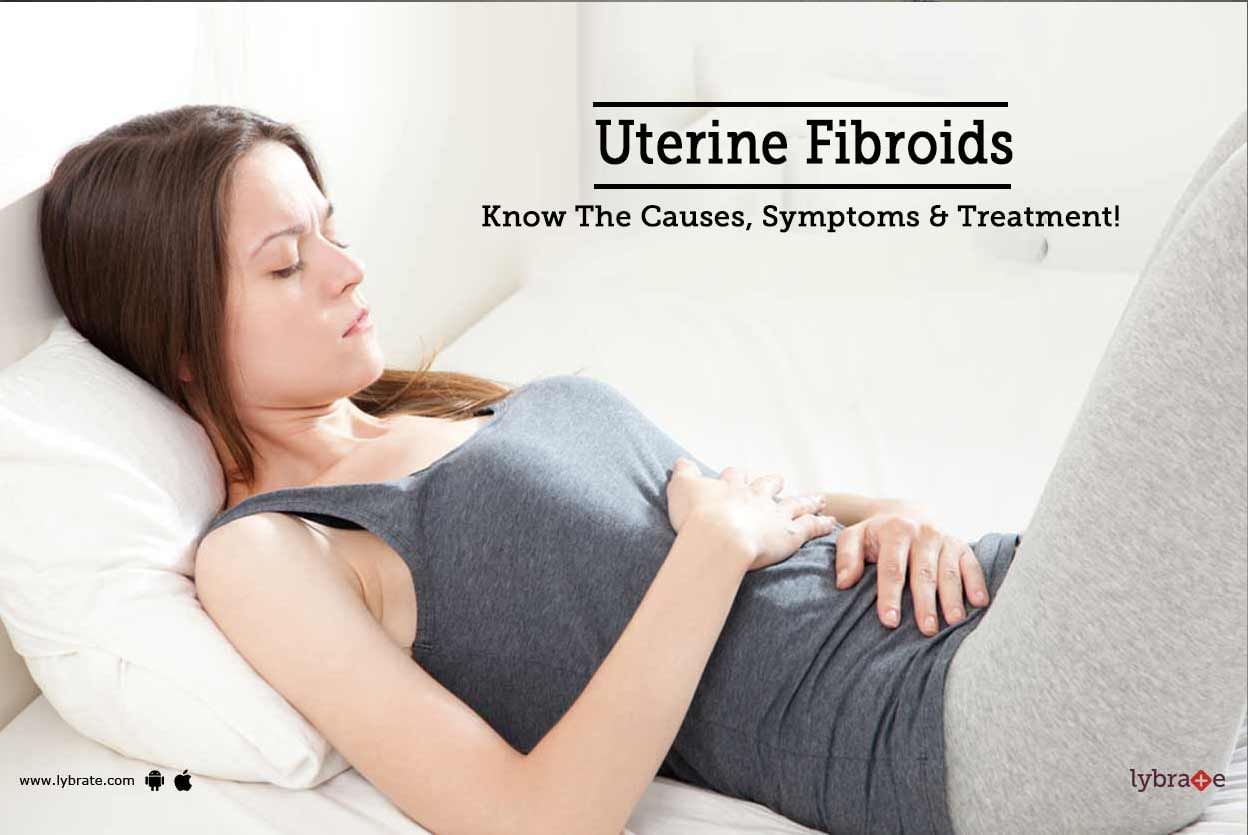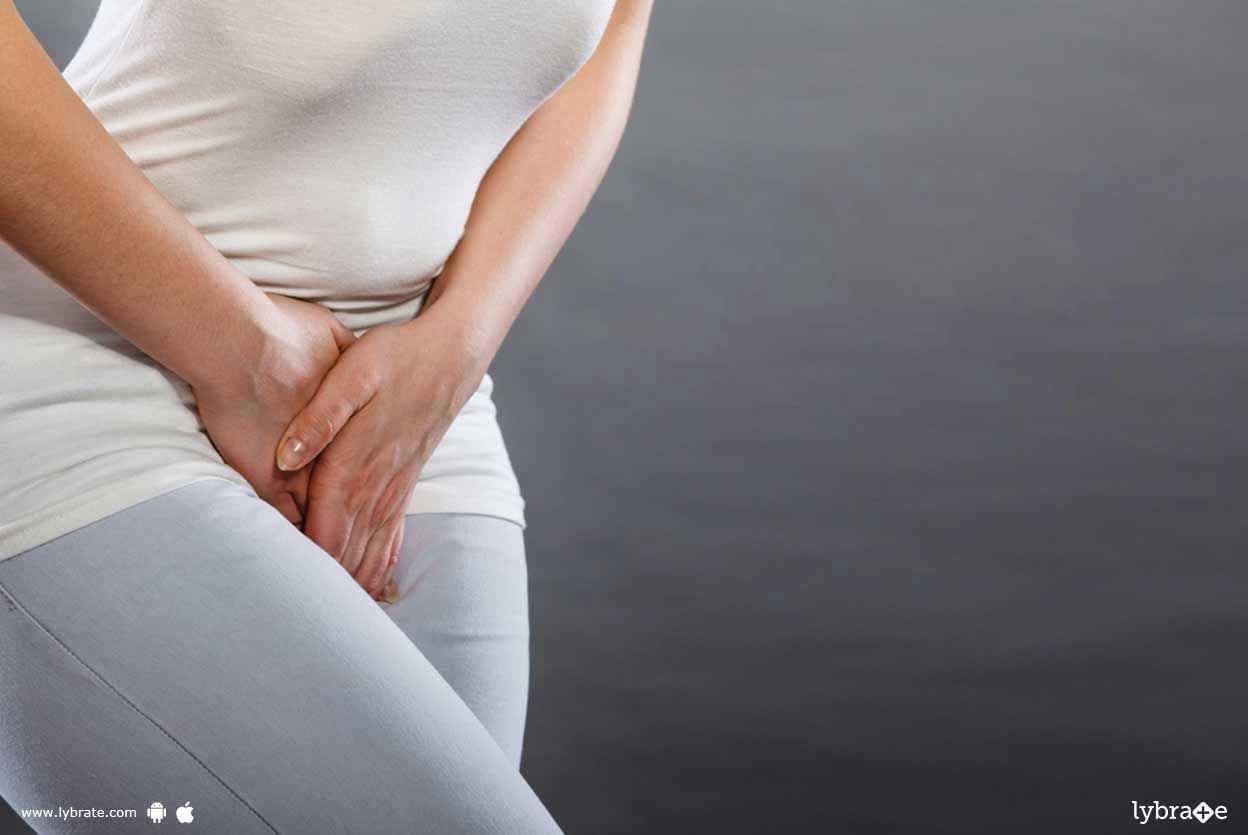Get the App
For Doctors
Login/Sign-up
About
Health Feed
Find Doctors
Health Packages
AllQ&AsTipsQuizzes
Uterine Fibroids Tips
Last Updated: 6 years ago• Featured Tip
Share
Bookmark
Report
Uterine fibroids, also known as leiomyomata, are non-cancerous growths which develop in and around the uterus or the womb and form benign tumors in course of time. Though there are several types of uterine fibroids, they are all consistently similar in their genetic makeup. They are generally classified depending on their specific locations:
Myometrial or intramural fibroids
Submucosal fibroids
Subserosal fibroids
Pedunculated fibroids
Signs and symptoms
In most...more
Myometrial or intramural fibroids
Submucosal fibroids
Subserosal fibroids
Pedunculated fibroids
Signs and symptoms
In most...more
Last Updated: 6 years ago• Featured Tip
Share
Bookmark
Report
Noncancerous growths of the muscle tissue surrounding the uterus are known as uterine fibroids. This is a common disease which about 70 to 80% of women contract by the time they are 50 years of age. The uterine fibroids can sometimes be very big and cause heavy periods as well as severe abdominal pain while at other times, uterine fibroids give no signs or symptoms whatsoever and go away on their own. This is why it is crucial to know what type of uterine fibroids you have and how to diagnose th...more
Last Updated: 6 years ago• Featured Tip
Share
Bookmark
Report
Uterine fibroids, also referred to as uterine myomas) are non-cancerous tumors that grow within the muscle tissue of the uterus. As many as 20% to 50% women between the age group of 18 to 40 suffer from the condition, but not all cases warrant treatment.
It may be as tiny as a coin or it may grow to the size of a watermelon, making people think the lady is 6/7 months pregnant! There may be one big fibroid or several small ones.
Causes:
Though the exact causes are not...more
It may be as tiny as a coin or it may grow to the size of a watermelon, making people think the lady is 6/7 months pregnant! There may be one big fibroid or several small ones.
Causes:
Though the exact causes are not...more
Last Updated: 6 years ago• Featured Tip
Share
Bookmark
Report
Fibroids are a very common tumour which is seen in the female reproductive system. These are also known by the names of leiomyomas, or fibromas and are firm, compact tumours which are made out of muscle cells or fibrous connective tissues. It mostly affects the uterus and the area surrounding it. According to a study, it has been found that 25-50% of the women experience Fibroids during their reproductive age but not all of them need treatment.
Fibroids also appear during child bearing ...more
Fibroids also appear during child bearing ...more
Last Updated: 6 years ago• Featured Tip
Share
Bookmark
Report
Uterine fibroids are benign tumours that develop within the uterus during a woman s reproductive years when the levels of oestrogen hormone are high. These are usually seen developing between 16-50 years of age and affect nearly 30% of all women by the time they reach 35 years.
Types of Uterine Fibroids -
Based on the site of location in the womb, uterine fibroids are broadly classified into four types, as mentioned below
Intramural Fibroids These are the most commonl...more
Types of Uterine Fibroids -
Based on the site of location in the womb, uterine fibroids are broadly classified into four types, as mentioned below
Intramural Fibroids These are the most commonl...more
Last Updated: 6 years ago• Featured Tip
Share
Bookmark
Report
The uterine fibroids are one of the most common gynecologic problems, with over 40-50% of women having them at some point in their life. The number and size of the fibroids, the age of onset, associated symptoms like dysfunctional bleeding and pelvic pain will determine the management of fibroid. The following is a series of management measures, starting from the most conservative to the most invasive.
1. Wait and watch: In women who are asymptomatic, it is best to watch them for the d...more
1. Wait and watch: In women who are asymptomatic, it is best to watch them for the d...more
Last Updated: 6 years ago• Featured Tip
Share
Bookmark
Report
Diploma In Gastroenterology, Diploma In ...read more
Homeopathy Doctor•Hyderabad
Definition
Uterine fibroids are noncancerous growths of the uterus that often appear during childbearing years. Also called leiomyomas (lie-o-my-O-muhs) or myomas, uterine fibroids aren't associated with an increased risk of uterine cancer and almost never develop into cancer.
Uterine fibroids develop from the smooth muscular tissue of the uterus (myometrium). A single cell divides repeatedly, eventually creating a firm, rubbery mass distinct from nearby tissue. Fibroid locatio...more
Uterine fibroids are noncancerous growths of the uterus that often appear during childbearing years. Also called leiomyomas (lie-o-my-O-muhs) or myomas, uterine fibroids aren't associated with an increased risk of uterine cancer and almost never develop into cancer.
Uterine fibroids develop from the smooth muscular tissue of the uterus (myometrium). A single cell divides repeatedly, eventually creating a firm, rubbery mass distinct from nearby tissue. Fibroid locatio...more
Last Updated: 6 years ago• Featured Tip
Share
Bookmark
Report
It is very common for women to have heavy and painful periods or have a feeling of fullness in the lower abdomen. Although, it may not sound very alarming these could be the symptoms of uterine fibroids. These are the most common types of benign tumors found in women. The fibroids are basically some tissues and muscle cells that grow within the uterus, outside the uterus, or along the wall of the uterus. The fibroids are usually benign and asymptomatic and do not require any treatment unless the...more
Last Updated: 6 years ago• Featured Tip
Share
Bookmark
Report
Uterine fibroids, also known as leiomyomata, are non-cancerous growths which develop in and around the uterus or the womb and form benign tumors in course of time. Though there are several types of uterine fibroids, they are all consistently similar in their genetic makeup. They are generally classified depending on their specific locations:
Myometrial or intramural fibroids
Submucosal fibroids
Subserosal fibroids
Pedunculated fibroids
Signs and symptoms
In most...more
Myometrial or intramural fibroids
Submucosal fibroids
Subserosal fibroids
Pedunculated fibroids
Signs and symptoms
In most...more
Last Updated: 6 years ago• Featured Tip
Share
Bookmark
Report
Fibroids are benign (non-cancerous) tumours of the womb (uterus). They are also known as myomas. They are growths of smooth muscle and fibrous tissue. The size of fibroids can vary from as small as a pea to that of a melon. At least one in five women develop a fibroid at some stage of their life, usually between the ages of 30-50 years old.
Fibroids are named according to where they are found in the womb. There are three types:
Intramural fibroids are found in the wall of the...more
Fibroids are named according to where they are found in the womb. There are three types:
Intramural fibroids are found in the wall of the...more
Book appointment with top doctors for Uterine Fibroids treatment
View fees, clinic timings and reviews
Ask a free question
Get FREE multiple opinions from Doctors
posted anonymously


